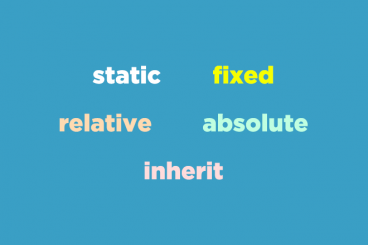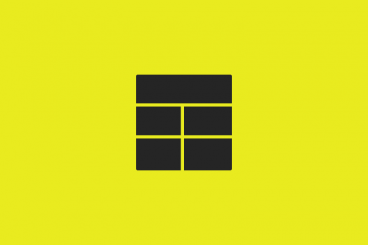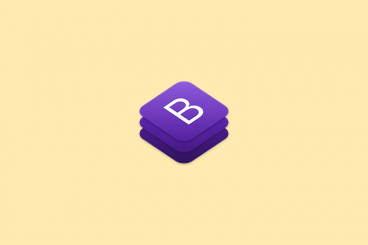
Google Fonts / 9 Nov 2023
The 10 Best Script and Handwritten Google Fonts
A good script font is hard to find. I’m extremely picky when it comes to this particular area of typefaces and tend to hate most of what I see. With this post, you can skip the work of sorting through the junk, and cut straight to the best script and handwritten Google Fonts that are readable, attractive and perfect for your site.
All of the fonts are shown with a unique CSS treatment (and provided with the code you need for quick implementation!) They’re also all served up with Google Fonts so you’ll be up and running with a quick copy and paste, no downloads required!










